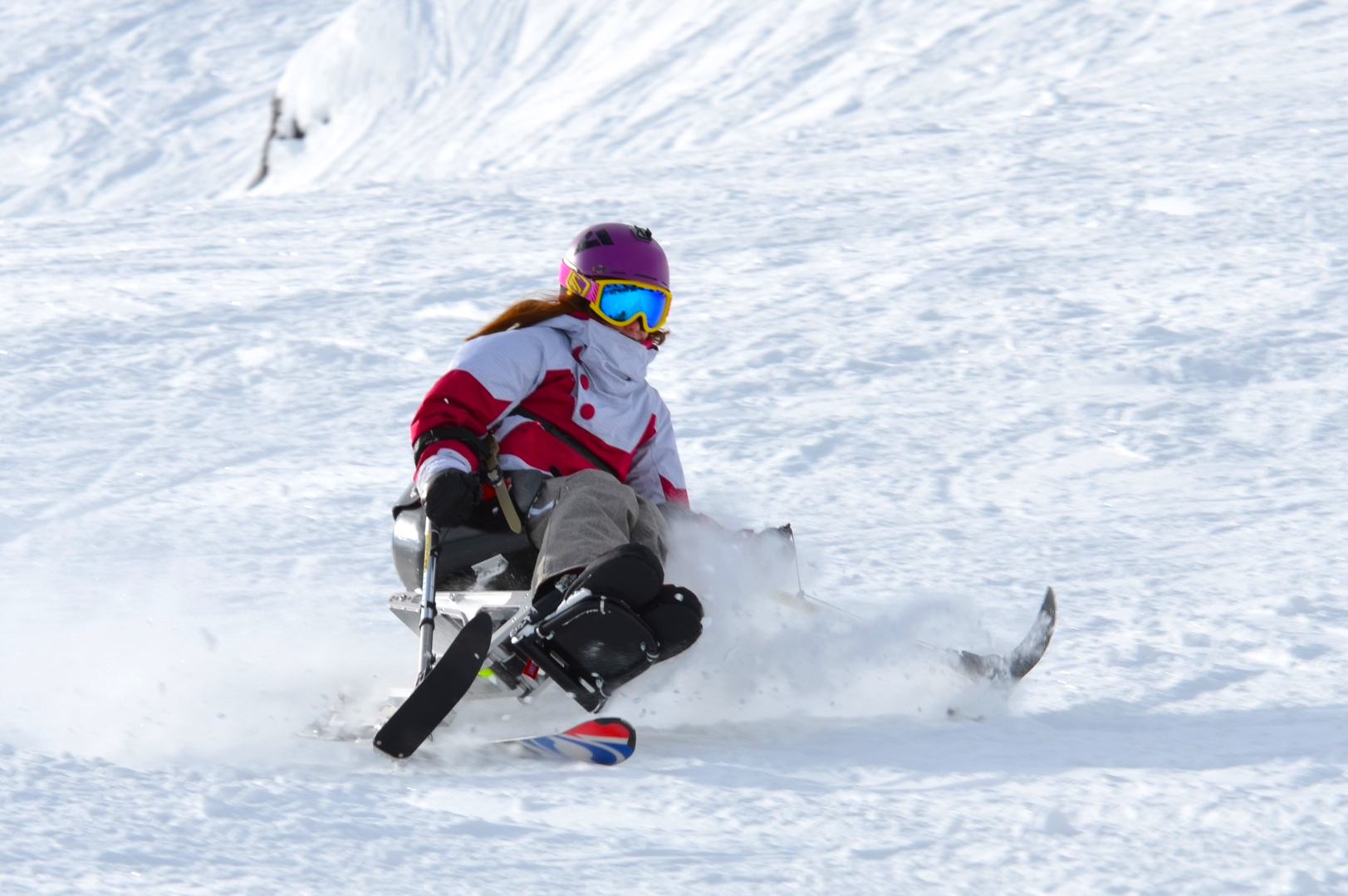
Say hi to bluebird skies
Alberta is the sunniest province in Canada, and that goes for winter too. Whether you want to tackle alpine bowls and steeps, or you’re just here to hang with friends and enjoy the mountains, Alberta’s famous bluebird days make for a great time.

Seven months of snow
Ski or snowboard to your heart’s content, because Alberta is spoiled with an extraordinarily long season. Lifts typically open in November and can run until late May, depending on the snowfall each year. That’s nearly seven months to carve to your heart’s content.
Powderhounds take note, our snowiest months are mid-January through to the end of March. Book your trip in these months and make your powder dreams come true.
Explore the backcountry
This is your chance to really get out there. Leave the resorts and book a guided backcountry adventure. Wild, untouched powder is waiting at the top of every ridge. It won’t take you long to discover why people return here year after year.
For a once-in-a-lifetime adventure, try a multi-day heli-skiing trip with CMH Heli-skiing, the largest heli-skiing operation in the world.

Ski the Canadian Rockies
No winter trip would be complete without skiing or riding these iconic Canadian slopes. Each destination is within a chilled-out 40 minutes or less drive from the Banff townsite and available on a single or combined pass.
Learn to ski or ride
All of Alberta’s ski resorts are family and beginner friendly, with expert coaches and a variety of lesson packages available for all types of riders.
Visit Winsport Canada Olympic Park in Calgary for outdoor fun in every season. With tubing, snowshoeing, ice castles and more, Canadian winters are guaranteed fun for the whole family.




Hidden gems and local faves
Want to know where the locals head to when it’s time to hit the slopes? These resorts are favourites among those in search of freshly groomed trails, fresh powder or anything in between. Check these out and you’ll really feel like an Albertan.
Cross-country skiing
Trails for everyone
Experience the thrill of cross-country skiing in Alberta's winter wonderland. With well-groomed trails for all ages and skill levels, you can find your rhythm on the snow-covered tracks. Embrace the exhilaration of gliding through this picturesque landscape and enjoy the beauty of Alberta's winter paradise.

Frequently asked questions
The drive from the Calgary airport to Banff is just shy of 150 km (93 mi), meaning the drive is typically 1.5 - 2 hours, although winter conditions can impact travel times.
The average temperatures vary based on where you are, but run between -12°C to -2°C (10°F to 28°F) in Banff in winter. Keep in mind that these are averages, and conditions on the ski hills can be quite different. Always check ahead before hitting the slopes!
Chairlifts typically run late November until some time in May, although the best snow conditions usually occur mid-January until late March.
Staying right in Banff, Jasper or Lake Louise are great bets for getting the most from your ski or snowboard vacation. With options in town and on-hill accommodations at Sunshine Village and Castle Mountain, you can’t go wrong choosing Alberta for your trip.
You’ll likely feel best on your own equipment if you own it and choose to travel with it, although rental options are abundant at most ski hills, and gear shops in the surrounding towns can outfit you with the latest equipment for resort skiing and riding or backcountry adventures as well.
If you want to get your hands on a book, Icefields Parkway: Confessions of a Ski Bum, by Marcus Baranow, or Alpine Ski Tours in the Canadian Rockies, by Chic Scott, are great starting points and can usually be found at Ski Uphill in Canmore or Monod Sports in Banff, great local resources in and of themselves.
Parks Canada provides some resources which can be helpful for learning about conditions and safety. A guiding outfit will also be a great resource for planning and executing a backcountry adventure.
Backcountry skiing is a serious endeavour often involving travel through complex avalanche terrain. Make sure to check avalanche conditions via Avalanche Canada before heading out and always carry a beacon, shovel and probe (and know how to use them).






